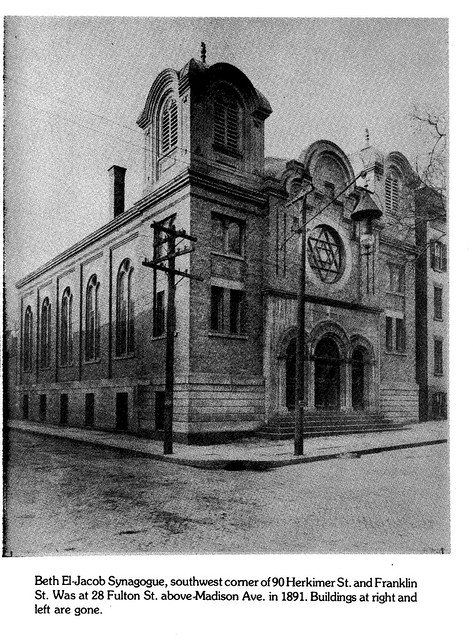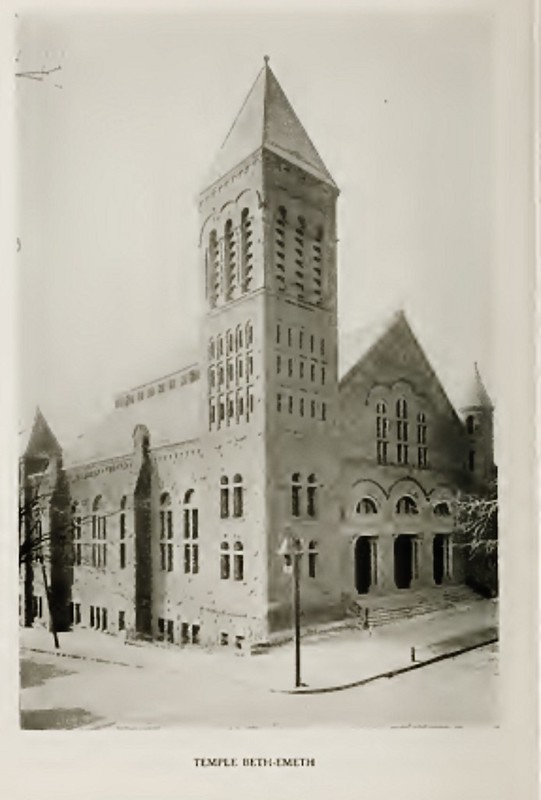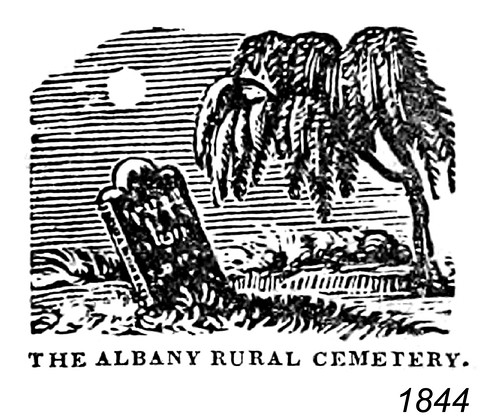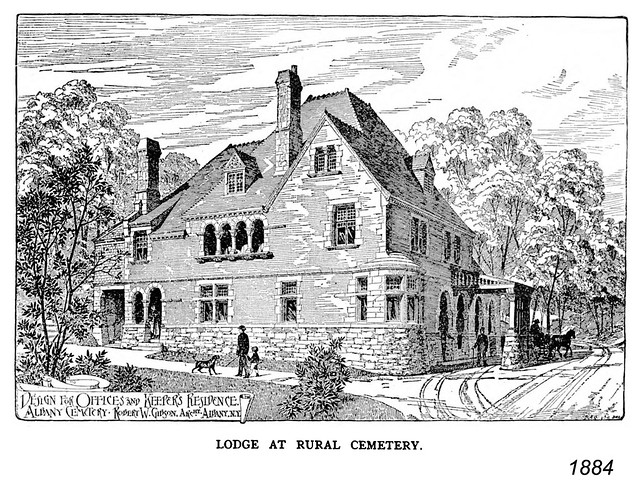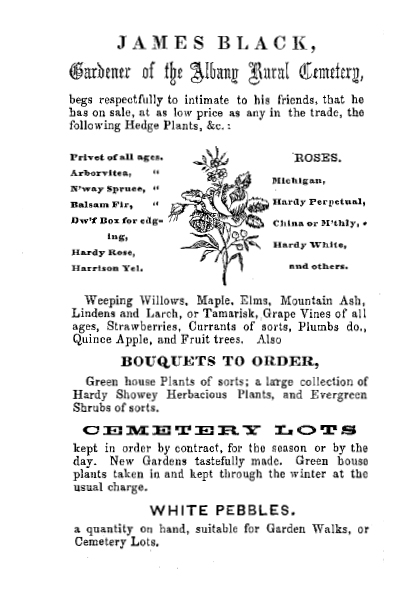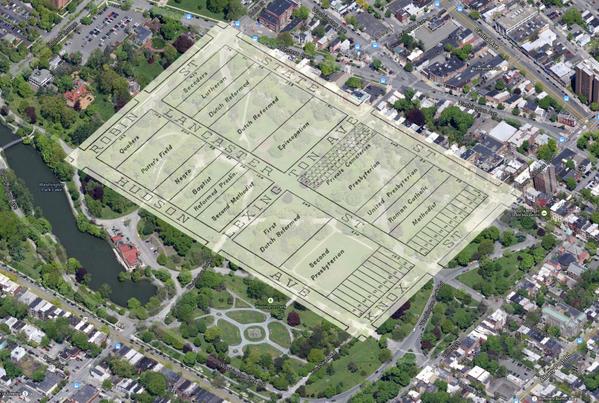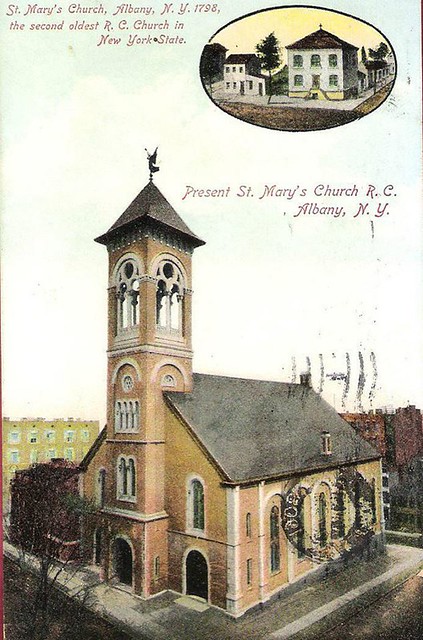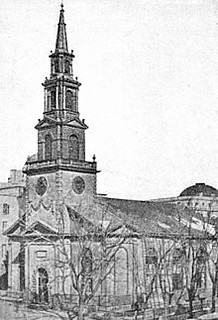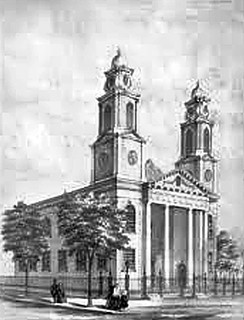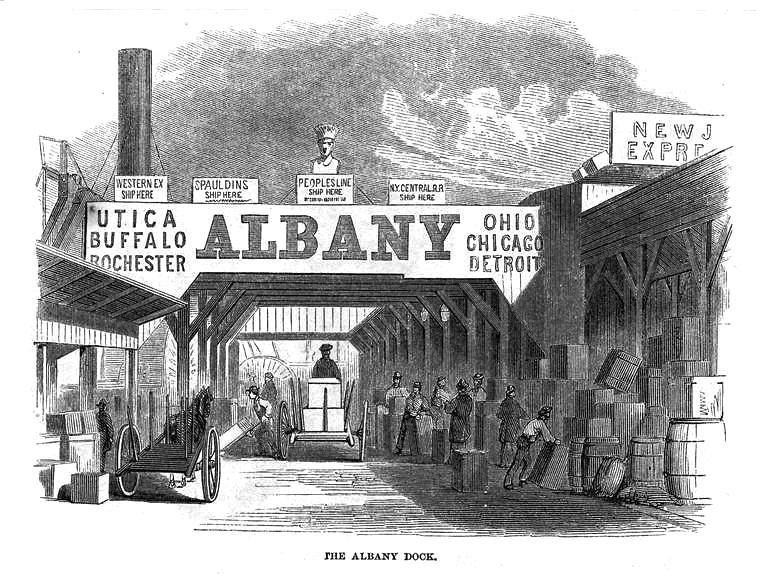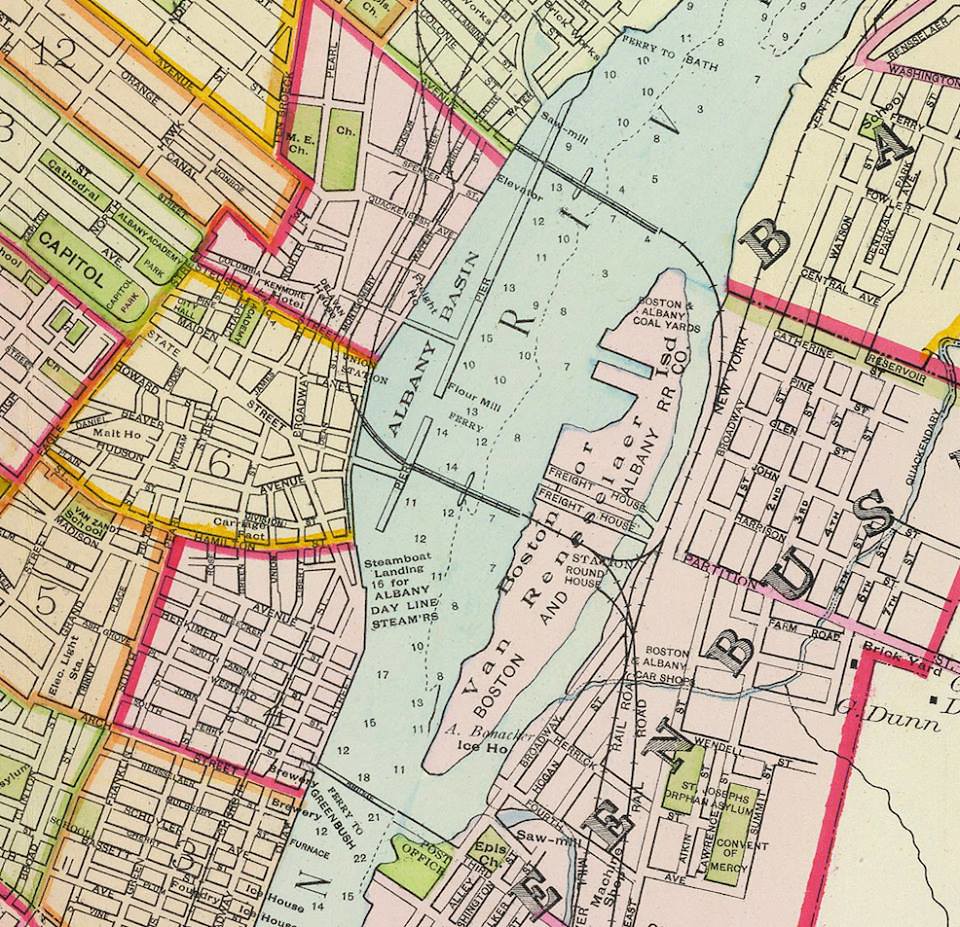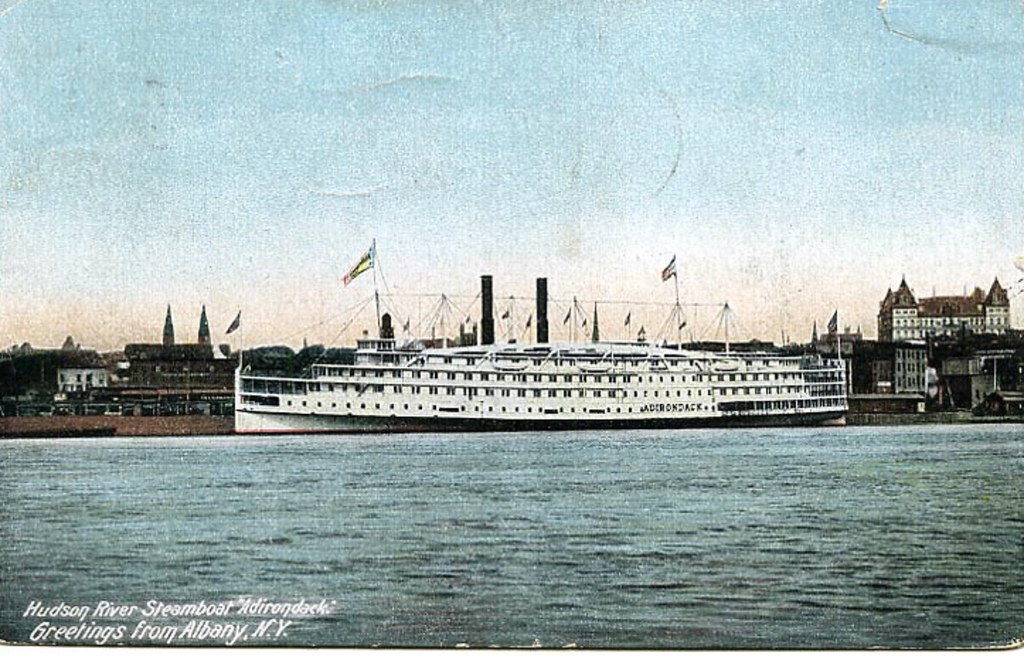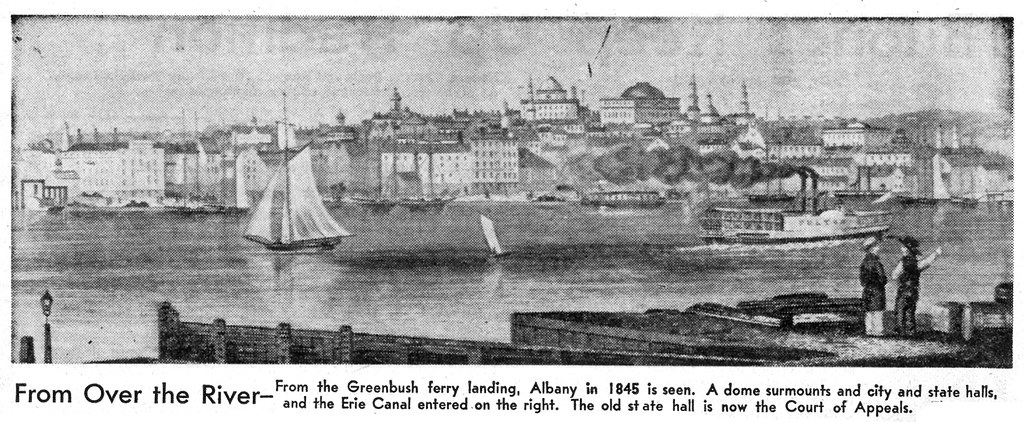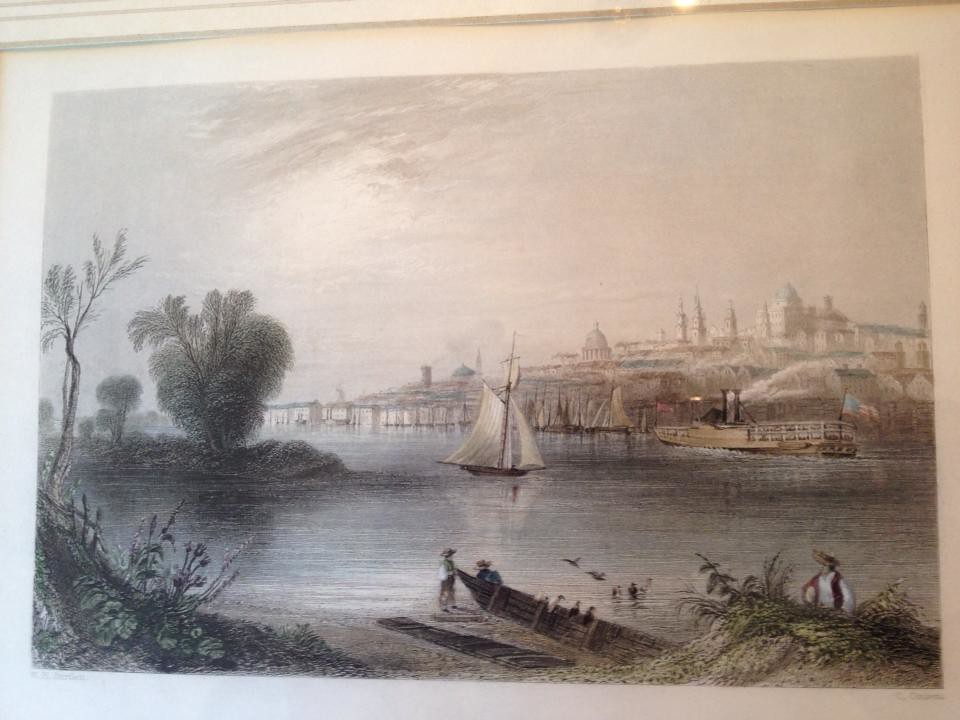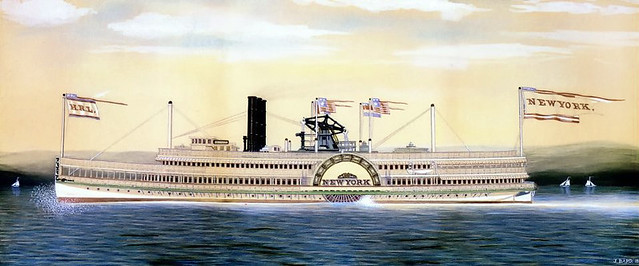The History Manifesto by Jo Guli at Brown University and David Armitage of Harvard University seeks to bring general relevance back to the study of history. In their work, the authors debate the long-term versus short-term focus of historical thinking and make recommendations to keep the field of history relevant to the twenty first century. The name of their introduction “the bonfire of the humanities?” offers explanation enough as to why historians should be concerned with their place not only in the academy, but in society overall. The authors posit that historians need to reassert themselves into the broader academic and cultural conversations, and that history has much to tell us about the problems of today and even tomorrow, writing in the introduction “The sword of history has two edges, one that cuts open new possibilities in the future, and one that cuts through the noise, contradictions, and lies of the past.” In a way, the article can be seen as calling for historians to abandon the more humanities focused aspect of history, and bring it closer in line with the social sciences.
The second chapter of the book focuses on the generation of historians who came of age in the late 1960s, and fundamentally altered the study of the past through their emphasis on archival research and short term thinking, rather than a focus on grand narratives. Guli and Armitage argue that these historians were heavily influenced by the political events taking place in the late 1960s and that these experiences made them look to events in the past in order to understand the present: “It is to this generation, with their ambitions for changing the world, that we owe the strength of the commandment to focus on the past in order to gain insight into the present.” While these historians reinvigorated the historical profession, the authors argue that this new found emphasis on short-term pasts and esoteric knowledge left a gap in public history that was filled by non-professionals “In the last forty years, the public has embraced a series of proliferating myths about our long-term past and its meaning for the future, almost none of them formulated by professional historians.” In abandoning the larger story of history, academic historians isolated themselves and made themselves vulnerable to charges that they were too esoteric to be of use to the larger conversation about what was going on in the world.
The fourth chapter of the History Manifesto emphasizes the use of digital technology to make the seemingly overwhelming amount of information available to historians. The authors discuss how applications such as Paper Machines, an extension for Zotero, make the job of sorting through large swaths of information much easier. This data driven approach allows scholars to explore topics that were hitherto impossible to digest because the sheer amount of information was impossibly hard to dig through. Guli and Armatage argue that the use of technology can allow for a better understanding of the events of the past, and that data driven historical understanding can open up different ways of viewing history: “Digitally structured reading means giving more time to counterfactuals and suppressed voices, realigning the archive to the intentions of history from below.” In addition to social history, however, the authors argue that new digital techniques offer the opportunity to track the progress of things like the codification of laws, making digital history useful for historians of more traditional disciplines, as well. It is in the use of digital history, the authors argue historians can remake themselves and prove their relevancy.
In the section of the fourth chapter Invisible Archives, the authors argue, “Even old archives can be suddenly repurposed to illuminating big stories about extinction events, as with the eighteenth-century natural history collections gathered by naturalists working for the East India Company and others that have been used by ecologists to reconstruct the pattern of extinctions that characterised the Anthropocene.” In this way, historians can use their abilities to tell us not only about the past in terms of how humans interacted with each other, but also how that interaction shaped the world that we liv in today. The authors seem especially hopeful that new digital tools will allow historians to look at the long duree without forcing the past into grand narratives that revolve specifically around political ideology. While the use of large amounts of data to do history will certainly be a part of the future of historical work, there are potential problems of expertise and limits to what one person can know especially when looking at long periods of time. The authors address this issue, but as it is such a new issue, it will likely be some time before it is entirely resolved, if it ever is at all.
The work concludes by calling for a new form of history that combines the long and short-term views and incorporates the use of data to tell a fuller version of the past. Guli and Armitage sum up their argument by saying, “Micro-history and macro-history – short-term analysis and the long-term overview – should work together to produce a more intense, sensitive, and ethical synthesis of data. Critical history is capable of addressing both the macro and the micro, of talking about how small and repressed experiences add up to the overturning of nations and empires.” The authors call for the long-term view offered by Annals school influenced long duree but in a way that rejects the sweeping and overly broad teleological narratives that traditionally accompany that style of history. Essentially what the authors are seeing is a totally new form of the study of history, one that embraces the change over time emphasized by traditionally historiography, but also includes the close and deep reading of sources emphasized by micro history. This is only possible if one incorporates technology into their research.
The article Introduction to Spreadsheets is exactly what it sounds like. It is a very useful tutorial on the intricacies of working with spreadsheets. While historians do not often think about the usefulness of spreadsheets beyond entering student information for grading, using spreadsheets is absolutely necessary for data driven analysis. As the job of the historian expands beyond the traditional focus on creating narratives and arguments based on archival sources, a working knowledge of computer programs will become more and more necessary. As demonstrated by the History Manifesto, the historian’s toolkit is rapidly expanding and tools that have not traditionally been thought of as necessary to historians are quickly become the norm.
Like the Introduction to Spreadsheets, the article on data visualization was originally written for a class on training journalists at Cal Berkeley. That a prestigious university would devote so much time and effort to training writers to work with data show how much the field is changing, and how much those of us working in the traditional humanities are having to change our methodologies as technology evolves. Similar to journalists, historians can use data visualization to better connect their research to the readers. It is one thing read and to understand data, but to have a visualization of the data, the reader is better able to connect the numbers with the text and more fully understand the argument being put forth.
Questions:
-Should historians be futurists? Are we were really able to tell the future from the past or are there too many variables?
-Is data driven history effective for sort term projects, or only long term?
-Do you think that historians should use data like they do archives to do their research? What are some of the potentials and problems with data in such a way?
-Does data driven analysis change how historians incorporate or don’t incorporate currently political events in their worldview?
-Does the emphasis on the use of technology change your view of what constitutes the humanities?
-Do you think that an implementation of the History Manifesto would remove the study of history from the category of humanities?
